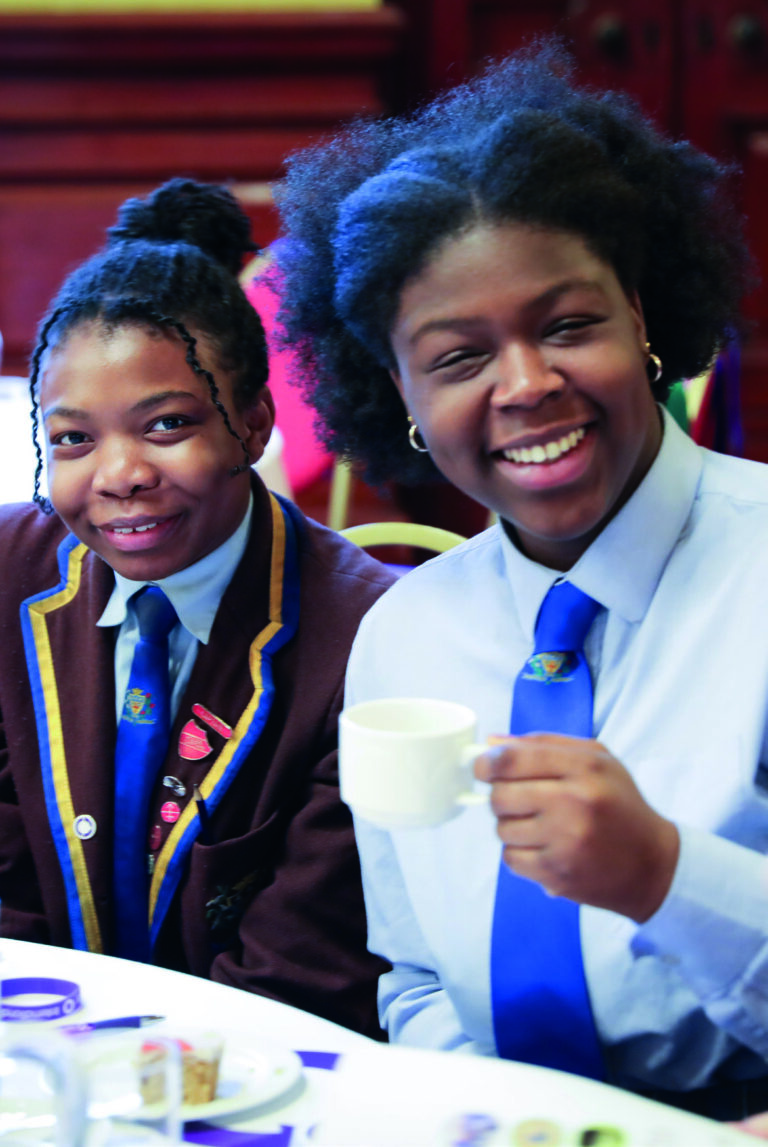In 1975, when the Sex Discrimination Act was passed, it was not unusual for male headteachers to prohibit female members of staff from wearing trousers to work. In one school, the headteacher mockingly turned up to work in a pinafore, in protest at his female staff members wearing trousers.
It was the women in these staffrooms who made the tea; if they were off work ill for any reason, male colleagues would assume – out loud, in the staffroom – that it must be the time of the month.
And much of this everyday sexism filtered down to pupils, too. Girls and boys were directed on to completely different career paths. In some cases, girls were advised to apply to university, but told, “You’re just going there to find a husband.”
Given that this was the overwhelming atmosphere in schools at the time, it was perhaps unsurprising that the EIS was in no way exempt from sexism. But things were changing as more and more women became active in the union.
By the mid-1980s, the tide had shifted sufficiently for the EIS to realise that broader-ranging change was needed. An AGM motion proposed that there should be a women’s committee, to address some of the relevant issues.
The first convener of the women’s committee was Kathy Finn, who later went on to become EIS national president. The influence of the committee was limited, however. It lacked the power of other EIS committees, and in many ways was seen as a token gesture.
Nonetheless, the committee published statistics every year, related to women in the workplace. It held members to account where necessary. And there was a regular women’s report in the AGM papers.
But making a material difference to the lives of teachers – whether in school or at EIS meetings – proved more challenging.
Then, in 1996, there was a structural reorganisation of the EIS, to bring it into line with a recent reorganisation of local government. A national equality committee was formed, and campaigning across all areas of inequality – such as LGBT and race – became part of the EIS discourse.
Today, equality is centre stage for the EIS, with the union campaigning strongly to protect and promote the rights of women and girls. Recent highlights include the Get it Right for Girls publication, aimed at tackling sexism and misogyny in schools. And the union has been at the fore of the campaign for period dignity in all educational establishments and workplaces in Scotland. It is now working to challenge the gender pay gap, fighting for pay restoration for a majority-female workforce.
Today, in our 175th-anniversary year, all three national office bearers are women.

ACKNOWLEDGEMENTS:
Research, interviews and substantive writing:
Adi Bloom
Design and lay-out:
Stuart Cunningham and Paul Benzie
Additional writing and research:
EIS Comms Team and assorted staff members
Printed by:
Ivanhoe Caledonian, Seafield Edinburgh
Photography:
Graham Edwards, Mark Jackson, Elaine Livingston, Toby Long, Ian Marshall, Alan McCredie, Alan Richardson, Graham Riddell, Lenny Smith, Johnstone Syer, Alan Wylie


Thanks to the many former activists and officers who gave of their time to be interviewed and taken a stroll down memory lane. And of course a very special thanks to the EIS members who created this history through their activism and commitment to the cause of Scottish Education.
© 2022 The Educational Institute of Scotland